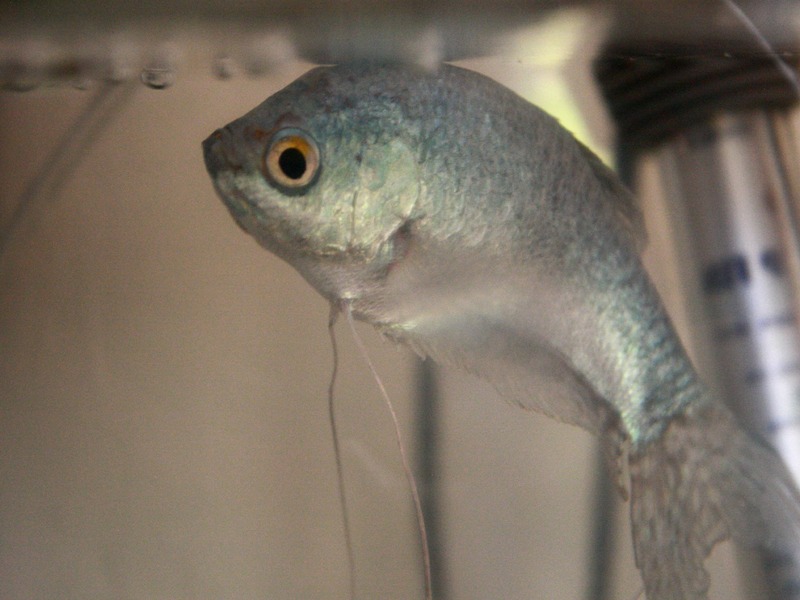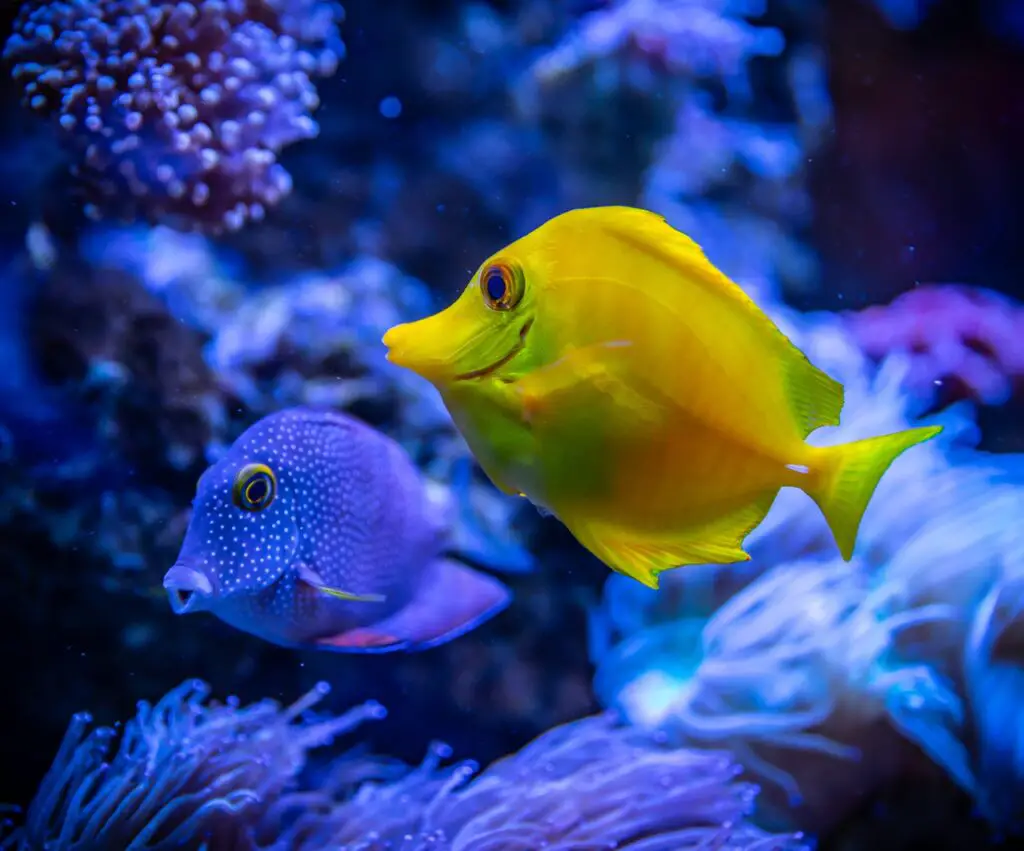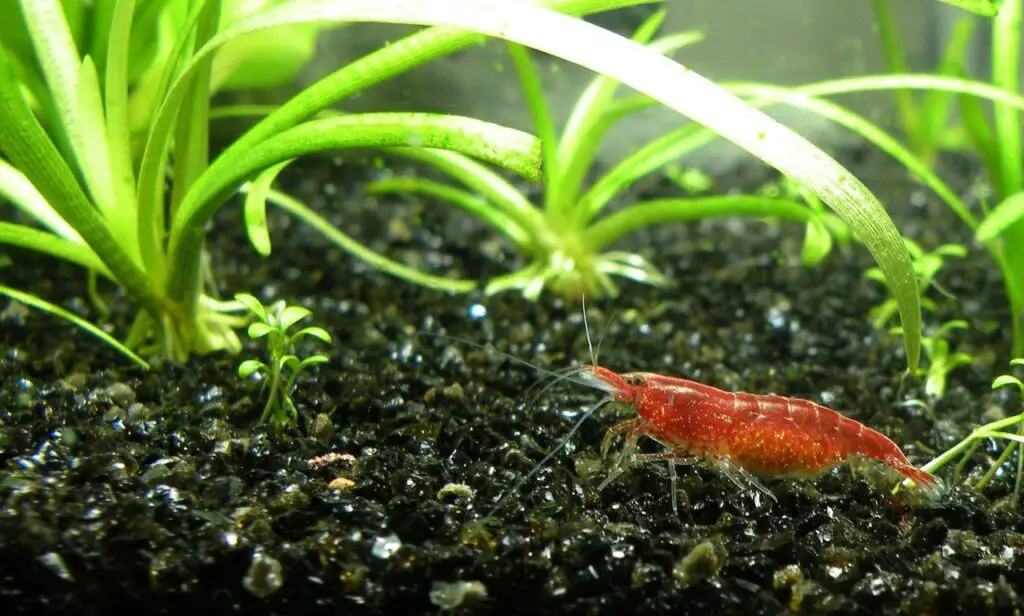Fish are an interesting animal, one that’s been both domesticated as well as found in the wild. They make a great pet at home whether inside a tank or in a pond. And you can even visit an aquarium or see them in a natural lake, pond, or the ocean.
But no matter the environment, fish don’t live forever. And you’ve probably wondered before, what happens when a fish dies?
So, Do They Float After Death?
You’ll almost always find that when a fish dies, it floats to the top of the body of water it resides in. Often the body will be upside down with its belly touching the surface.
But why does this happen? In this article we’ll dive into exactly what causes a fish to float when they die and the process behind this natural phenomenon. You’ll also find some additional information closely related to the topic.
Why Do Fish Float When They Die?
It’s maybe even happened to you. You walk by the tank at home or near a riverbank and see the body of a fish floating near the surface, belly-up.
It’s never a good sight, and most people know immediately that the fish is deceased. But what causes this to happen after the fish dies?
What Causes The Floating?
When a fish dies, it will float. But not immediately. Just like with a human body, there’s a process that happens inside the body after death.
Initially upon death, the body of a fish will sink to the bottom of their tank, or environment they live in. No longer the possibility to swim forward, the body will float down.
The first part of the internal process after death is decomposition. The fish becomes like a closed cavity that houses all this decomp.
As part of the body breaking down, gasses will be released into the body cavity. These gasses become trapped inside the fish. This causes buoyancy and the animal will float to the surface.
Good To Know
We thought there may be some additional information about fish floating when they die that would be good to know. We took the time to answer questions you may have never even thought of.
How Long Does It Take Before A Fish Will Float?
The decomposition process can take some time. This timeframe can also depend on environmental factors like water composition and temperature. The size of the fish will also play a factor.
That means that the time it takes before a fish will float after dying, can vary. However it’s likely you’d see a fish start to float 8-14 days in cold water. As the cooler temperature can slow down decomposition.
A fish that dies in hotter water however, could start to float within just days.
Why Is A Fish Dead But Not Floating?
On occasion, a fish won’t float to the surface after death. The most likely cause is a slow decomposition process. Once that reaches a certain level and gasses are high enough, it will come to the surface.
Sometimes, however, a fish will become trapped inside decorations or grasses. Some species of fish especially like to hide more than others. In this case, they may become stuck and the body will never surface.
Is A Fish Dead If It’s At The Bottom?
The short answer is not necessarily. We’ve already told you that after death, fish will initially sink to the bottom of their environment. But being at the bottom doesn’t necissarily mean they’re dead or dying.
Some species of fish spend the majority of their time on the bottom of their tank or other body of water. Species that don’t typically dwell at the bottom, may also be down there due to factors like boredom, stress, shock, or even disease.
Boredom
Just like humans, and other animals. Fish can feel boredom too. They may dive to the bottom as a coping response.
This can happen if they’re moved to a new environment, the environment changes, or they’re introduced to new life within their environment.
Swim Bladder Disease
One disease that can cause a fish to remain on the bottom of their environment is Swim Bladder disease. This will cause a problem with their buoyancy and you could see it lead to them floating close to the surface, down near the bottom, or even upside down.
This could cause you to think they’re dead when they’re not.
Stress/Shock
A fish that’s under duress will likely not look like it’s dead. Fish that show signs of stress will typically swim frantically without seeming to have much direction. They may also crash to the bottom of the tank or rub themselves on rocks.
Occasionally they will lock their fins to their sides. If you see this after noticing other odd behavior, be sure to check for movement in the gills.
Is My Fish Dead or Sleeping?
There are a few ways to tell if your pet fish is sleeping, or dead. When sleeping, fish often appear as though they are deceased because they float motionless either near the surface of the water or along the bottom.
What Does A Sleeping Fish Look LIke?
If you take a closer look at a sleeping fish, you’ll see subtle reactions to things going on around them. If they don’t respond at all, look at the gills. You should see slow movement as their breathing is slowed during sleep.
What Does A Dead Fish Look Like?
No movement in the gills is one give away that your fish may not be just sleeping. Another giveaway is the color and look of their eyes. A fish that is deceased will have gray sunken in eyes.
Their skin will also become white-ish in color. Fish are also known to eat one another after death so if you see chunks or pieces missing, the animal is dead.
Final Thoughts
So there you have it, more often than not a fish will float after it dies. There may be some factors that keep the body from floating to the surface. You may even witness disease that mimics the symptoms of this death float.
But in most natural environments, and even household tanks or aquariums, when you see a fish on the surface belly up, you’ll know that it’s dead.



